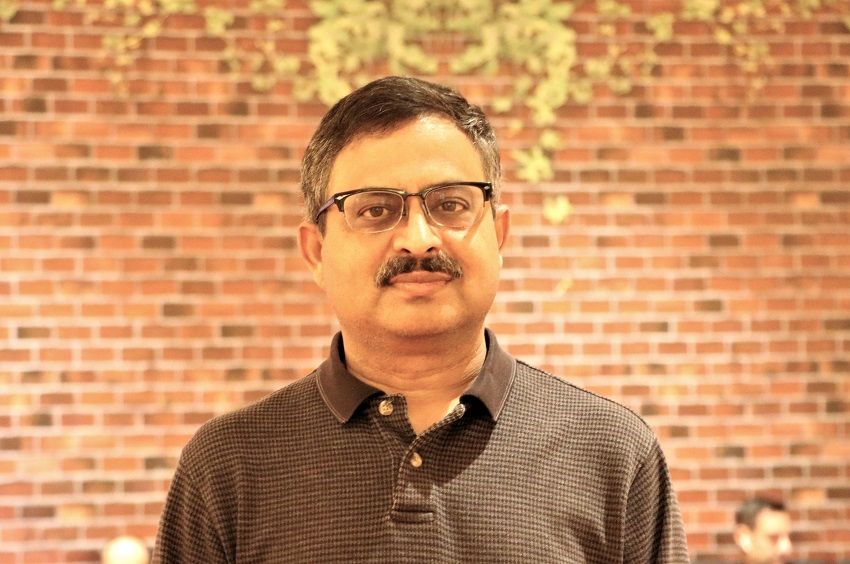How Virginia Beach involves citizens in disaster preparedness
By Nurfilzah Rohaidi
Interview with Sridhar Katragadda, Systems Analyst, City of Virginia Beach.

Here’s why: They were helping to plot the waterline of flooded areas in neighbourhoods, streets and parks of various cities during high tide. “Citizens with cell phones would go along the water trail and then put points,” says Sridhar Katragadda, Systems Analyst at the City of Virginia Beach.
Data from such crowdsourcing events can be used to create waterline models, useful for predicting the extent of flooding in the future, Katragadda tells Govinsider on the sidelines of the recent AWS re:Invent conference in Las Vegas, Nevada.
Chasing the tide
The crowdsourcing event, Help Catch the King Tide, was named after the ‘king tide’ - the very highest tides that may occur after a cyclone, flood or storm. This initiative was part of StormSense, a forecasting platform to prepare the City of Virginia Beach and its neighbours to respond to rising sea levels and coastal flooding, says Katragadda.
His team has installed a series of solar and battery-powered water-level sensors under bridges across Virginia Beach, which report back with water level readings every six minutes. These data, along with data from federal agencies such as the US Geological Survey, is collected and analysed, he explains. Analysts may then create street-level hydrodynamic models, and identify urban areas at risk of flooding.
Other data can be useful too. Katragadda hopes to install cameras on the bridges, which could take continuous snapshots or videos of water levels. “We can corroborate with the sensors, and then we can know the individual impact in the area,” he explains. “That will give us the ability to predict street level flooding.”
Following this prototyping phase, the City of Virginia Beach will install the StormSense platform within the next three months, he continues.
Activating citizens

Citizen engagement and awareness is crucial to the success of StormSense, says Katragadda.
He hopes to develop a voice-activated app that lets citizens interact with these water-level sensors. “We would like our citizens to actually be able to use their cell phones to talk to the sensors, and ask them, what is the water level at so-and-so bridge,” Katragadda shares, adding that this was already possible in the initial implementation of the StormSense prototype, using Amazon’s voice-activated assistant Alexa.
Besides flood preparedness, Katragadda wants to bring citizens into the fold in other areas too. In the near future, the city intends to “use cloud environments to engage more citizen-driven awareness” and to improve services. “They can ask Alexa for information about their property, for example,” he notes.
Governments in Asia may leverage high mobile phone penetration and technologies such as voice recognition, machine learning and AI, to introduce new ways for citizens to interact with sensors and city data, says Katragadda. “The good thing would be for the citizens to see the modelling side of things,” he points out.
Once upon a time, natural disasters were wholly unpredictable. But this has changed. Today, cities, people and technology come together to identify flooding risk, and even predict floods ahead of time.
And the next time it storms, Virginians will know to reach for their mobile phones and do their part for their city.